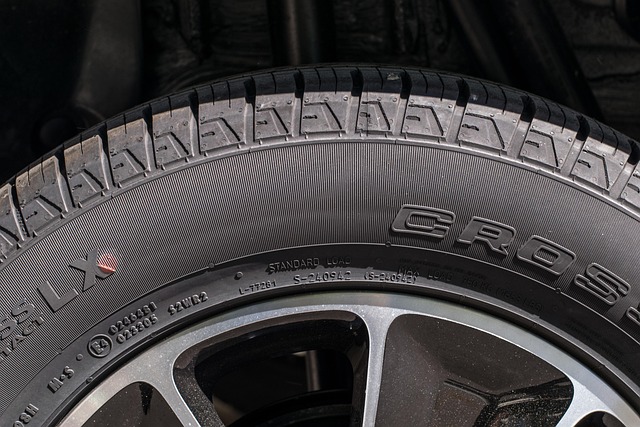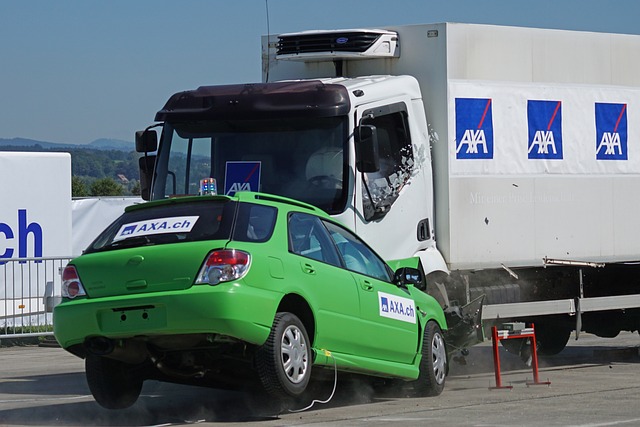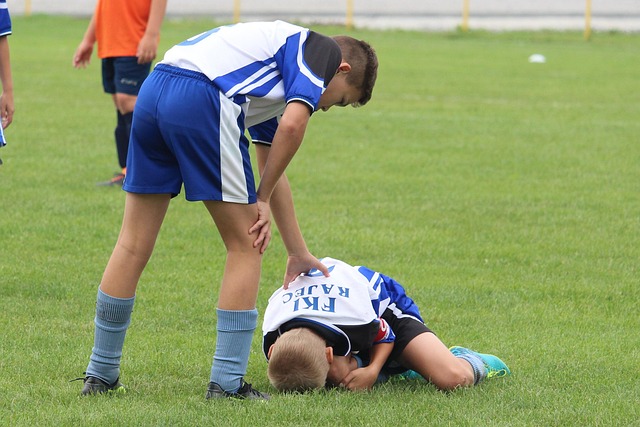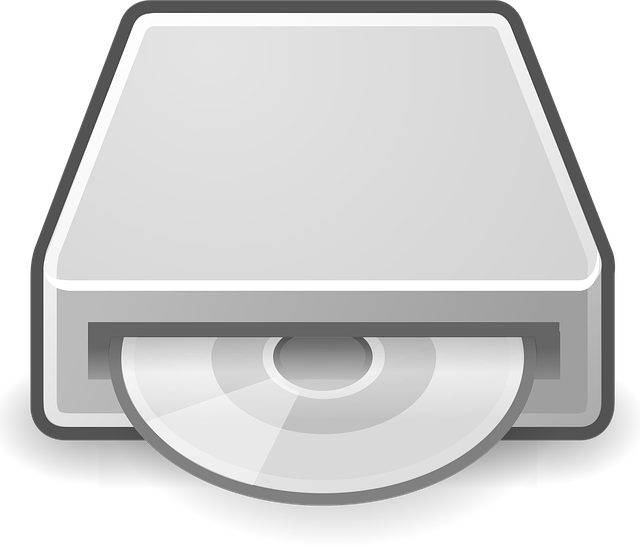Range of motion (ROM) therapies, including passive and active ROM, are essential tools in rehabilitating individuals recovering from car crash injuries. Passive ROM, where a therapist moves the joint gently without resistance, is ideal for preserving joint health and preventing stiffness in patients with limited strength or mobility. Active ROM, involving patient-driven movements to strengthen muscles, accelerates healing and enhances long-term outcomes when incorporated into chiropractic care, particularly after car accidents causing soft tissue damage and reduced mobility.
“Uncover the transformative power of Range of Motion (ROM) therapies, especially pertinent in post-crash injury recovery. This article delves into two distinct approaches: Passive ROM, offering gentle yet effective relief for victims of automobile accidents, and Active ROM, a cornerstone of chiropractic care.
By exploring these techniques, we aim to illuminate how each method enhances mobility, alleviates pain, and contributes to holistic healing, with a specific focus on chiropractic applications and their impact on range of motion after car crash injuries.”
- Understanding Passive and Active ROM Therapies
- Passive ROM Therapy for Post-Crash Injuries
- Active ROM Treatment in Chiropractic Care
Understanding Passive and Active ROM Therapies

Passive and active ROM therapies are integral components of rehabilitation, particularly for individuals recovering from car crash injuries. Range of motion therapy focuses on improving the flexibility and mobility of affected joints. Passive ROM involves a therapist or device moving a patient’s joint through its range of motion without any effort from the patient. This technique is beneficial for those who may have limited strength or mobility due to injury, as it helps maintain joint health and prevent stiffness.
Active ROM, on the other hand, requires the patient to actively participate by exerting their own force to move the joint through its range of motion. Chiropractic care often incorporates active ROM exercises to strengthen muscles surrounding the affected joints, enhance stability, and improve overall function. This proactive approach empowers individuals to take control of their recovery process, promoting faster healing and better long-term outcomes after car crash injuries.
Passive ROM Therapy for Post-Crash Injuries

Passive Range of Motion (ROM) Therapy has proven to be an effective treatment approach for individuals suffering from post-crash injuries, particularly in the context of chiropractic care. After a car accident, patients often experience soft tissue damage and reduced mobility, making passive ROM therapy a valuable tool for rehabilitation. This type of therapy involves a chiropractor or trained healthcare professional actively moving the patient’s joints through their full range of motion, without any resistance from the patient.
By applying gentle yet controlled movements, passive ROM can help alleviate pain, reduce muscle tension, and improve overall joint functionality. It is particularly beneficial for individuals who may have difficulty performing active exercises due to acute injuries or limited strength and mobility. Chiropractic adjustments combined with passive ROM therapy can contribute to faster recovery, enhanced healing, and improved patient outcomes in the long term.
Active ROM Treatment in Chiropractic Care

Active ROM treatment is a key component of many chiropractic care plans, especially following car crash injuries. This type of therapy involves specific, controlled movements to improve a patient’s range of motion (ROM) and alleviate pain. Chiropractors often incorporate active ROM exercises into their treatment protocols as a non-invasive way to enhance flexibility and restore joint function. By carefully manipulating the body, chiropractors can release tension in muscles and soft tissues, reduce inflammation, and encourage the body’s natural healing mechanisms.
For individuals who have experienced car crashes, active ROM therapy can be particularly beneficial. Whiplash and other common injuries sustained in such accidents often lead to decreased mobility and rigid joints. Active ROM treatments help reestablish the normal range of motion in the affected areas, promoting better posture, reducing muscle spasms, and improving overall function. This approach not only speeds up recovery but also reduces the risk of long-term issues related to reduced joint flexibility.
Range of motion (ROM) therapies play a significant role in rehabilitation, especially post-crash injuries. Both passive and active ROM treatments offer unique benefits; passive therapy aids in relaxing muscles and improving flexibility, while active exercises strengthen the patient’s ability to move and restore function. Chiropractic care often incorporates active ROM as a key component to address joint stiffness and pain. By understanding these therapeutic approaches, healthcare professionals can tailor treatments to optimize recovery for patients experiencing car crash-related injuries, enhancing their overall quality of life.














